Sharks: Masters of the Ocean – A Deep Dive Into Their World
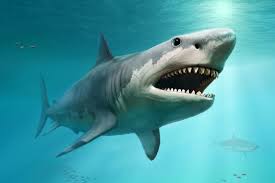
Sharks have roamed our seas for more than 400 million years, evolving nearly 200 million years before the first dinosaurs. These ancient predators are vital to marine ecosystems, playing crucial roles in maintaining biodiversity and ecological balance. With over 530 species identified, sharks exhibit a remarkable diversity in size, behavior, and habitat, captivating scientists and ocean enthusiasts alike.
Understanding Shark Biology
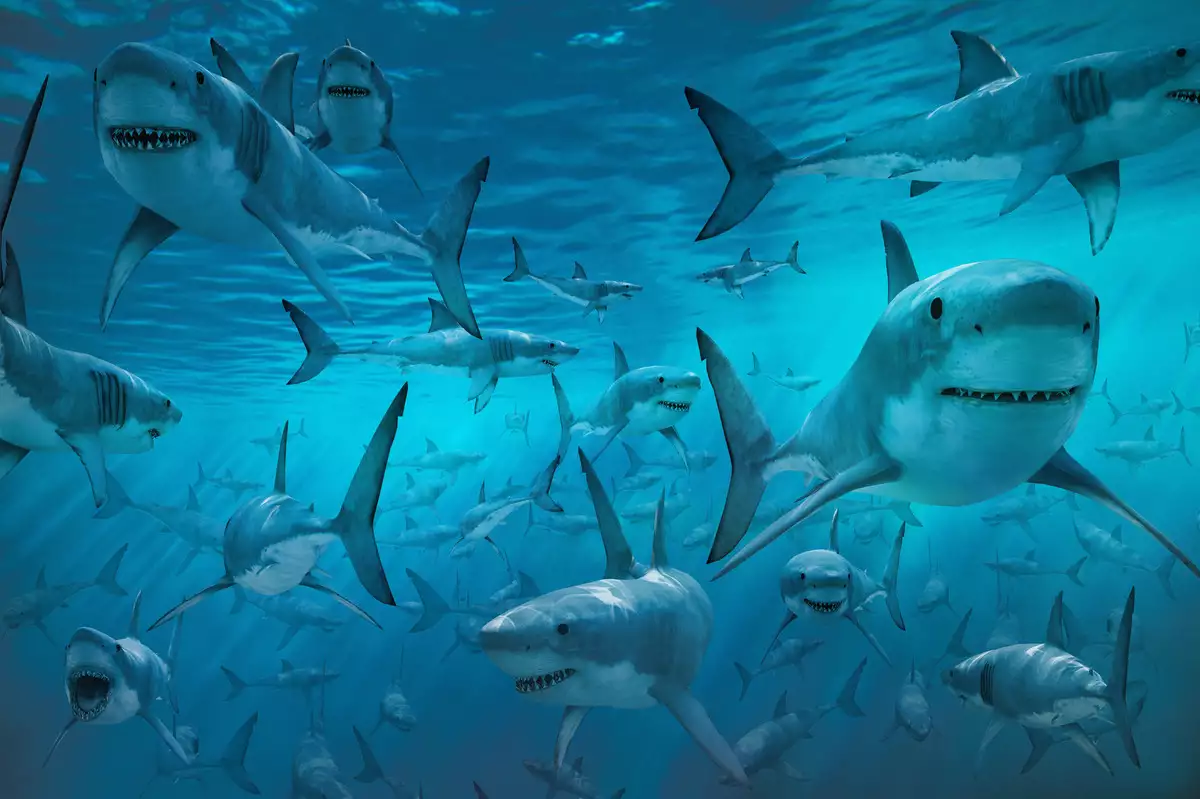
Sharks are a type of fish known as elasmobranchs, characterized by their cartilaginous skeletons, which are lighter and more flexible than bone. This adaptation allows for efficient movement through water. Additionally, sharks possess a range of unique senses, including the ability to detect electromagnetic fields, aiding in navigation and hunting. Their dermal denticles – small, tooth-like structures on their skin – reduce drag and turbulence, making them hydrodynamically efficient.
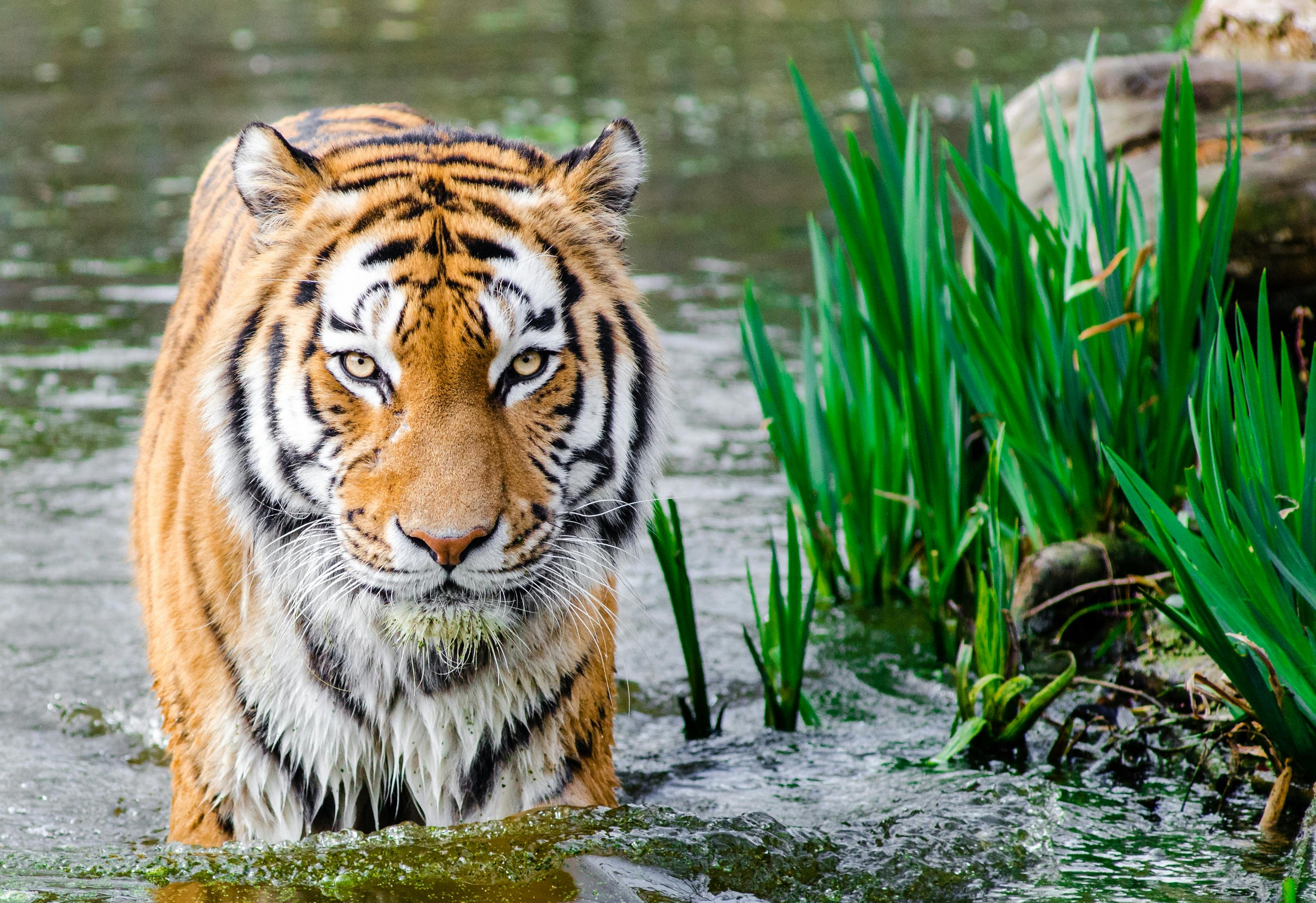
Diversity of Shark Species
The shark family encompasses a vast array of species, each adapted to specific ecological niches:
- Great White Shark: Known for its size and power, this apex predator is found in coastal surface waters worldwide.
- Whale Shark: The largest fish species, feeding primarily on plankton, and inhabiting tropical oceans.
- Hammerhead Shark: Recognizable by its distinctive head shape, which enhances sensory perception.
- Greenland Shark: A slow-moving species residing in Arctic waters, known for its longevity.
- Shortfin Mako Shark: The fastest shark species, capable of bursts up to 45 mph.
Some lesser-known species include the frilled shark, with its prehistoric appearance, and the cookiecutter shark, which takes round “bites” out of larger animals. Each of these sharks has evolved to survive in a highly specialized niche, some in deep oceans, others in shallow coral reefs.
Ecological Importance of Sharks
As apex predators, sharks regulate the populations of species below them in the food chain, maintaining the health of marine ecosystems. Their presence ensures species diversity and prevents the overpopulation of certain marine animals, which could lead to habitat degradation.

Studies show that reef systems with healthy shark populations are more resilient to environmental stressors like coral bleaching and climate change. Sharks help maintain the balance by targeting weak or sick prey, thus promoting the genetic health of other marine species.
Shark Behavior and Social Structures
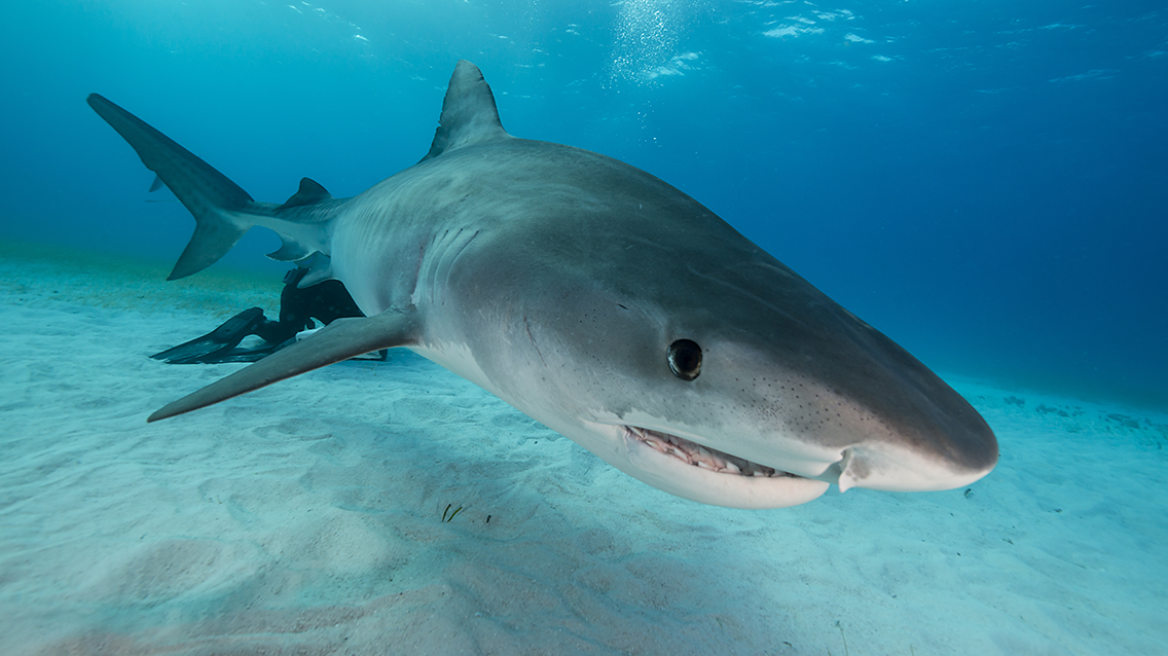
Recent studies have unveiled complex social behaviors among certain shark species. For instance, sand tiger sharks have demonstrated long-term associations, suggesting social structures previously unrecognized in these creatures. Understanding these behaviors is crucial for conservation efforts, as it highlights the need to protect not just individual sharks but also their social groups and habitats.
Contrary to the solitary image many people have of sharks, some species form seasonal aggregations to feed, mate, or migrate. Hammerheads, for example, are known to school in large numbers during the day and disperse at night to hunt. These behaviors indicate a level of social organization that scientists are only beginning to understand.
Human Impact and Conservation Efforts

Human activities have significantly impacted shark populations. Overfishing, habitat destruction, and climate change have led to declines in many species. Shark finning – the practice of removing fins and discarding the rest of the body – remains a critical threat. Additionally, ecotourism and social media influence have altered shark behaviors, sometimes increasing their vulnerability.
On the positive side, awareness is growing. Marine protected areas, catch quotas, and international treaties like CITES are starting to make a difference. Non-profit organizations are working with local communities to promote sustainable practices and reduce shark-related bycatch in commercial fishing. Responsible ecotourism also plays a role in funding conservation while educating the public.
Sharks in Culture and Perception
Sharks have long fascinated humans, often portrayed as fearsome predators in media and folklore. From “Jaws” to sensational headlines, fear has overshadowed the scientific reality. But this perception is shifting as more documentaries and educational campaigns highlight the ecological value of sharks.

Indigenous cultures have traditionally respected sharks, incorporating them into spiritual and cultural practices. In Polynesian mythology, for example, sharks are guardians. This perspective of reverence may hold the key to reshaping global attitudes and inspiring a sense of stewardship over ocean life.
Climate Change and the Future of Sharks
Climate change adds a new layer of threat to shark survival. Rising ocean temperatures, acidification, and shifting currents affect shark distribution and reproductive cycles. Some species are migrating to cooler waters, which could disrupt local ecosystems and create new conflicts with fisheries.
In response, researchers are mapping migration routes, studying reproductive biology, and developing adaptive management strategies. Citizen science and tagging programs now allow ordinary divers and tourists to contribute to tracking efforts, creating a more global, connected approach to shark conservation.
Conclusion
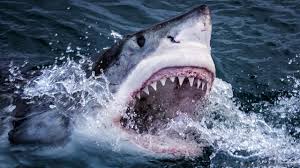
Sharks are indispensable to the health of our oceans. Their diverse species, complex behaviors, and ecological roles underscore the importance of their conservation. By fostering a deeper understanding and respect for these ancient creatures, we can ensure that sharks continue to thrive in our oceans for generations to come. Education, policy reform, and public engagement are the tools we must use to change the future — for sharks, and for the seas we share with them.
